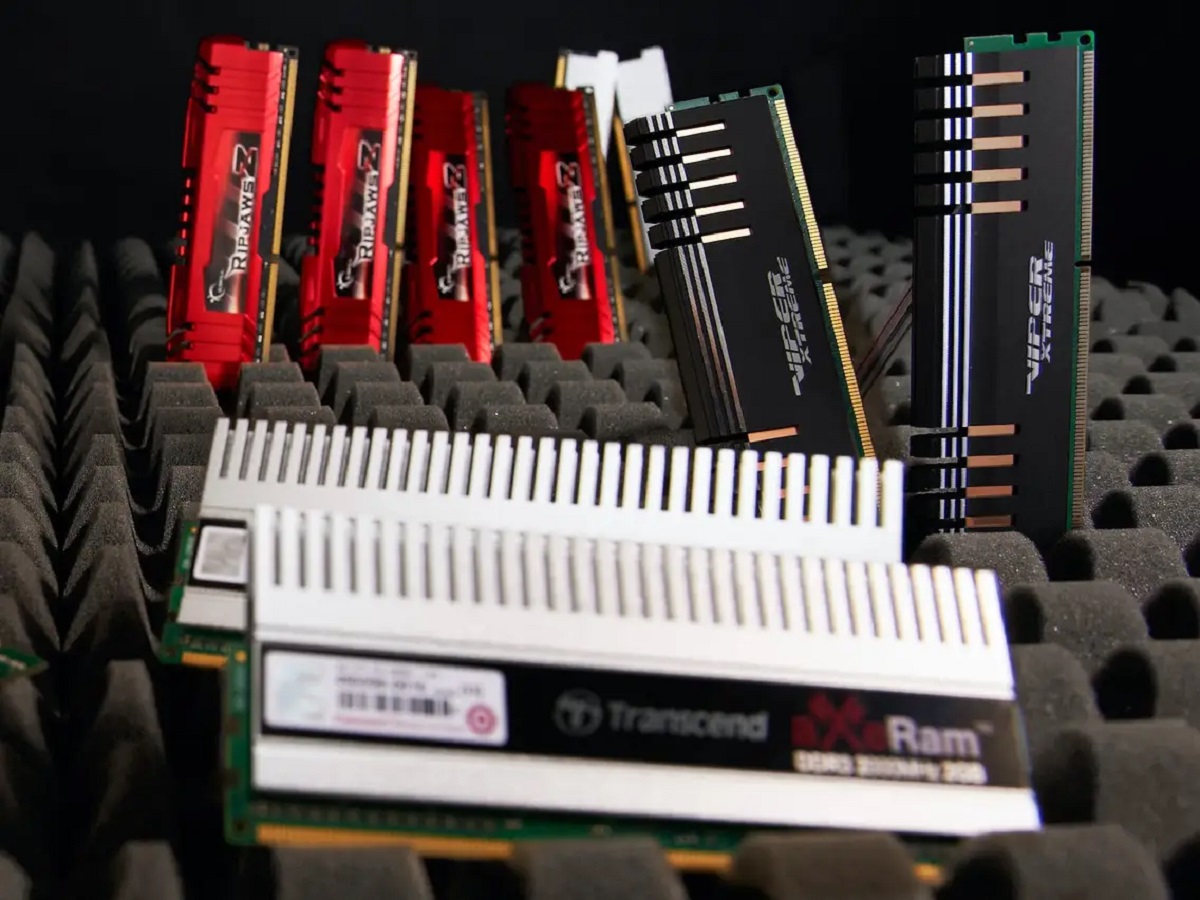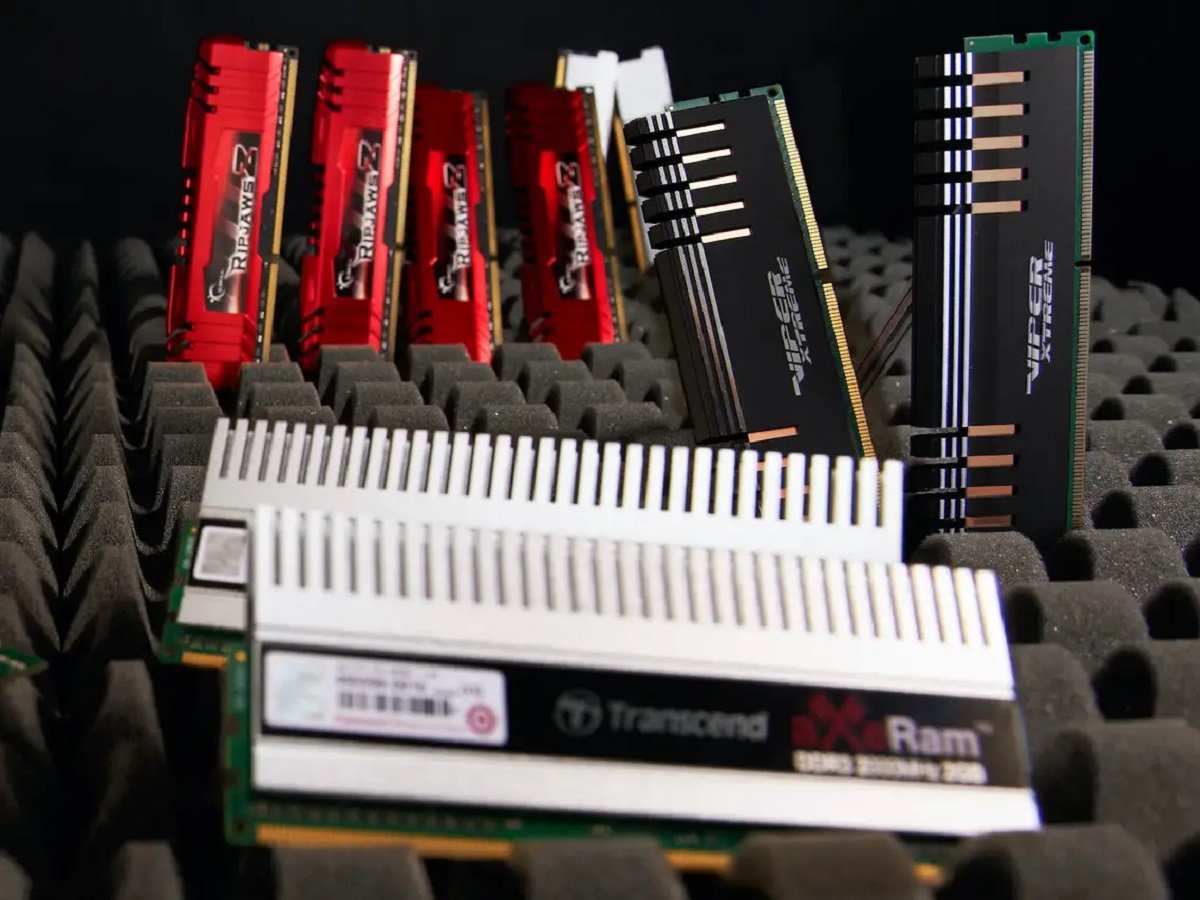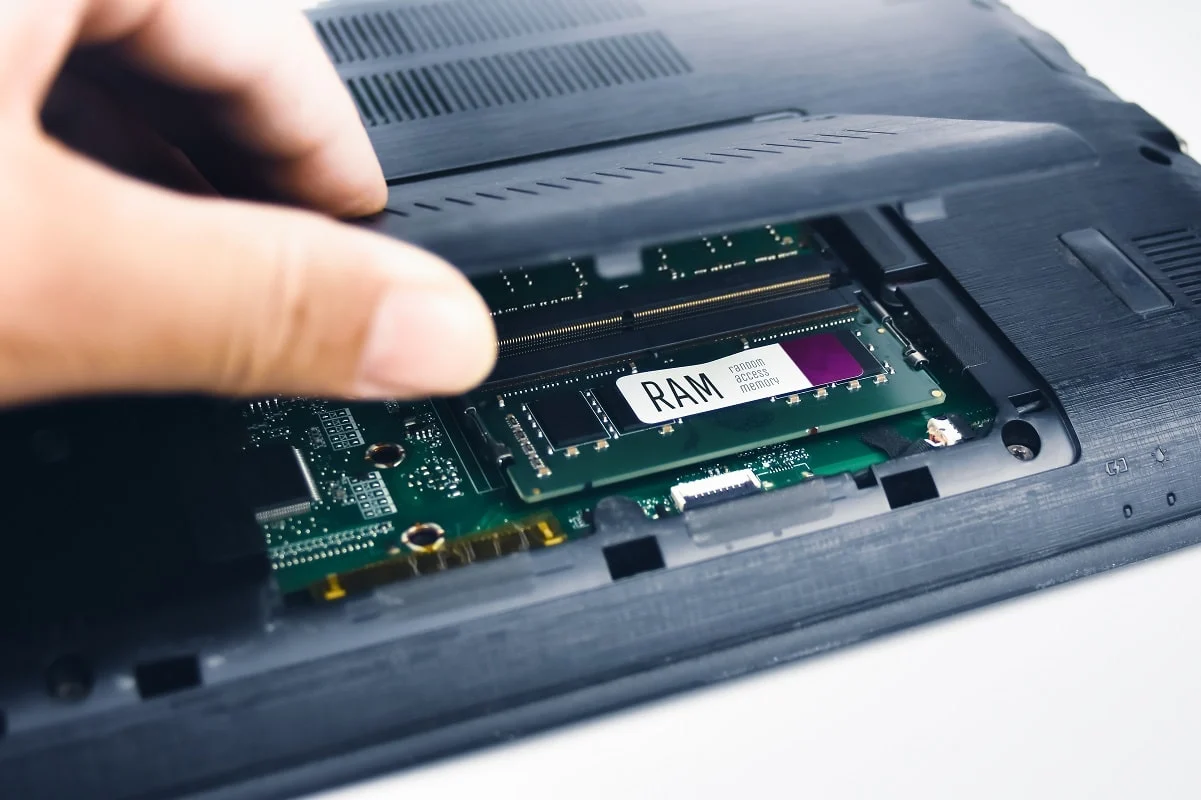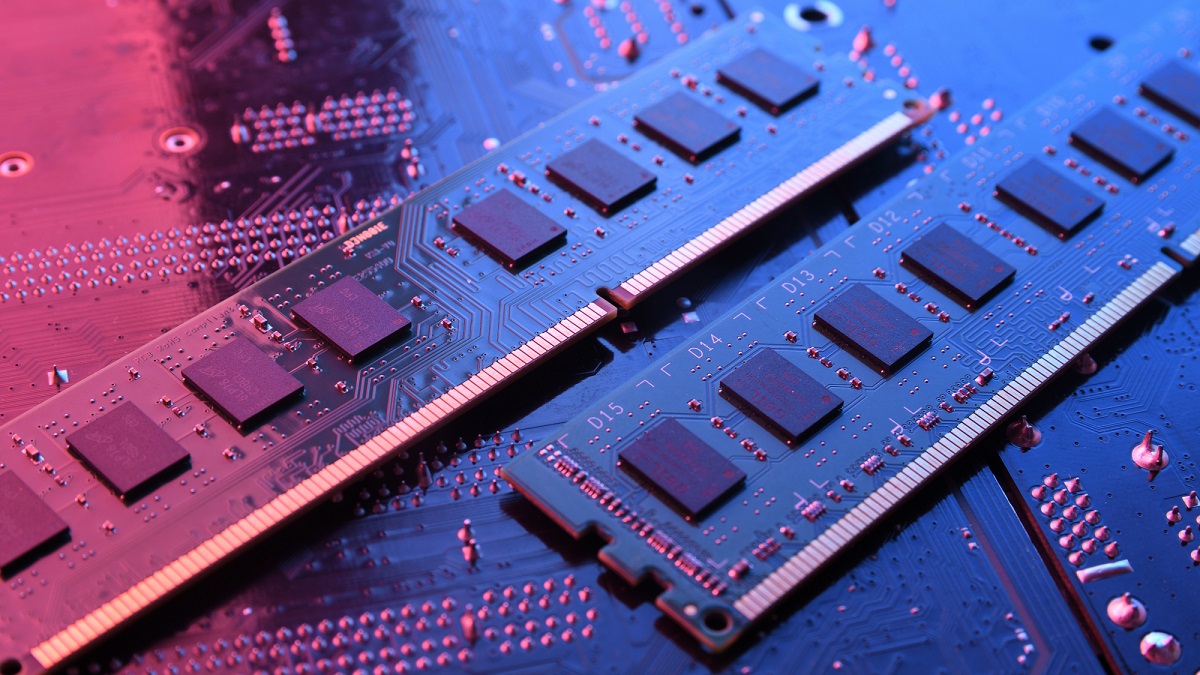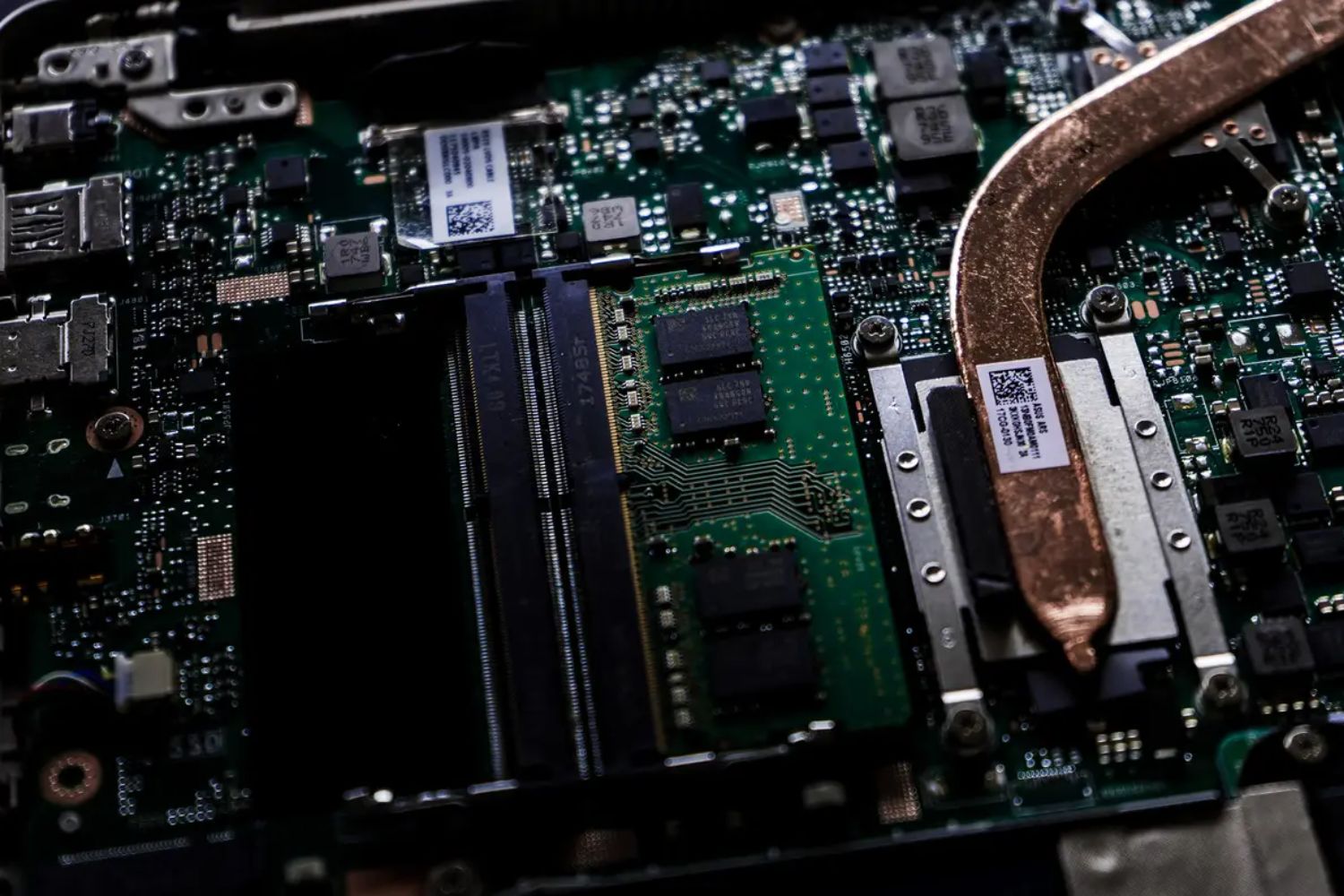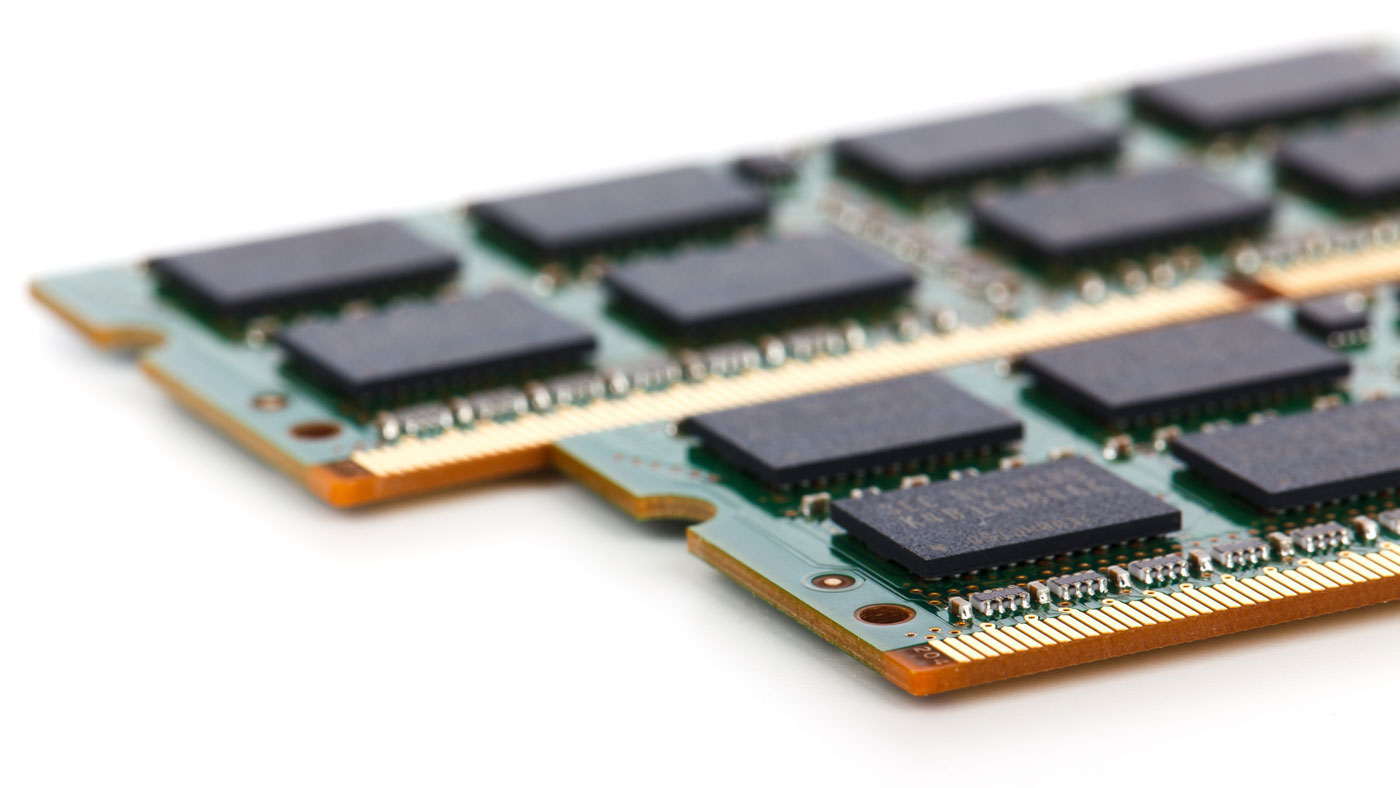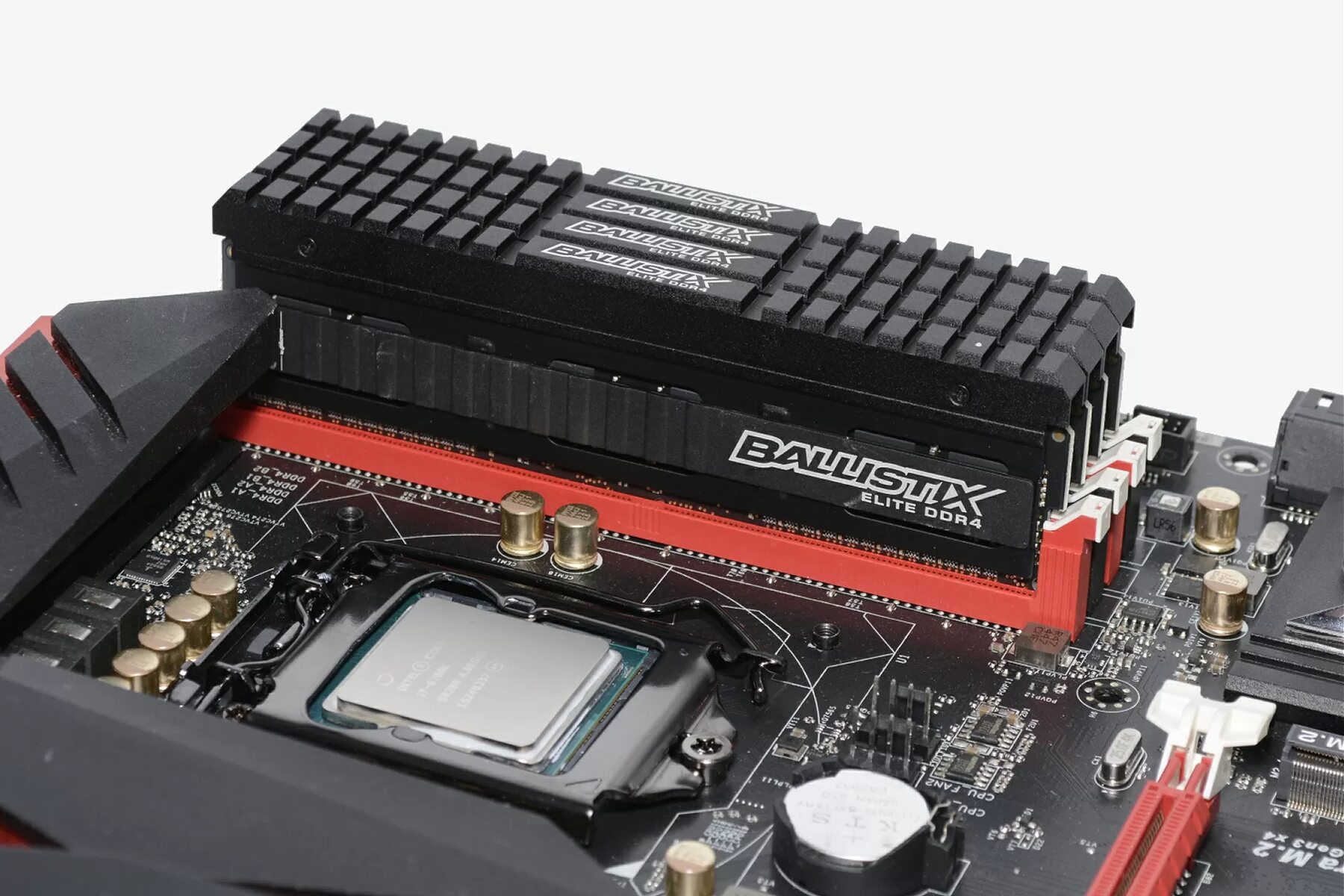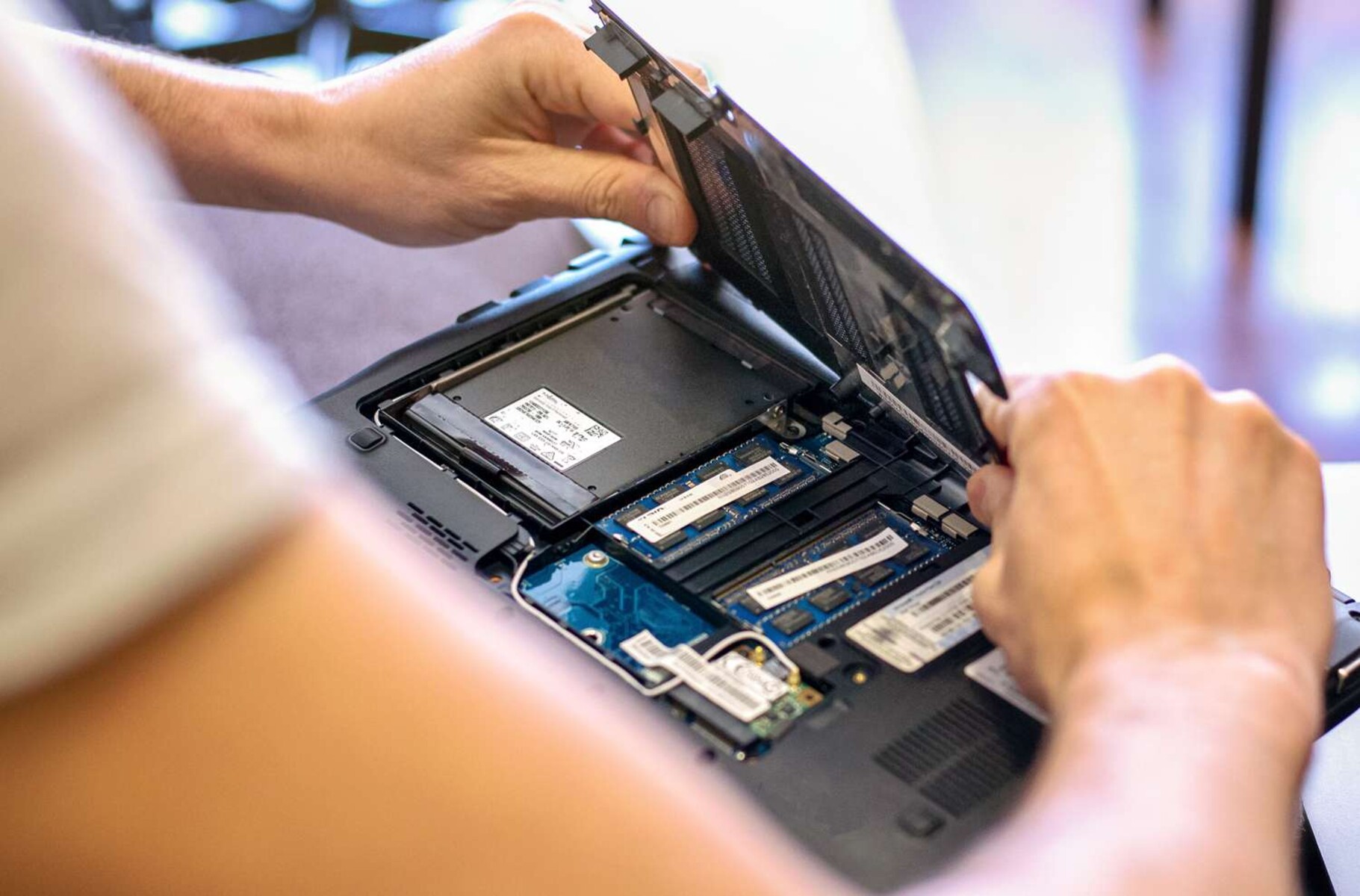Introduction
Video editing is a complex and resource-intensive task that requires specialized hardware and software to achieve the best results. Among the various hardware components, RAM (Random Access Memory) plays a crucial role in ensuring smooth and efficient video editing workflows.
RAM, also known as memory, acts as a temporary storage space for data that the computer needs to access quickly. In video editing, having an adequate amount of RAM is essential for handling the large files, multiple video layers, effects, and transitions that are typically involved in the editing process.
With advancements in technology, the demands and expectations of video editors have increased, pushing the need for more RAM. However, determining the right amount of RAM for video editing can be a daunting task, especially for beginners.
In this article, we will guide you through the process of understanding the importance of RAM in video editing and help you determine the appropriate amount of RAM needed for your specific requirements. Whether you are a professional video editor or an aspiring hobbyist, having the right amount of RAM can significantly enhance your editing experience and workflow efficiency.
Understanding the Importance of RAM in Video Editing
RAM plays a crucial role in video editing by providing the necessary resources for the smooth and efficient operation of editing software. When you open a video editing application, it loads into RAM along with any files you are working on. As you add effects, transitions, and multiple layers of video, the application uses RAM to store and process this data in real-time.
Insufficient RAM in video editing can lead to performance issues such as lag, freezing, and crashes. When your computer runs out of available RAM, it starts using a portion of the hard drive called the “swap file” as a virtual memory extension. However, accessing the swap file is much slower than accessing RAM, resulting in decreased editing speed and productivity.
The amount of RAM you need for video editing depends on various factors, such as the complexity of your projects, the resolution of the footage, the number of video layers, and the effects applied. High-definition (HD) and 4K videos require more RAM to handle the larger file sizes and process the additional visual information.
Having sufficient RAM allows for more efficient multitasking while editing. You can have multiple applications open simultaneously, such as a video editing software, a web browser for research, and a music player for inspiration, without experiencing significant slowdowns.
Furthermore, RAM not only affects the speed and responsiveness of your editing software but also influences the rendering or exporting process. When you render a project, the software needs to process and compress the video files, which requires a substantial amount of memory. Sufficient RAM can significantly reduce rendering times and allows you to spend less time waiting and more time creating.
In essence, having an adequate amount of RAM is vital for ensuring a smooth and efficient video editing workflow. It helps prevent performance issues, provides the necessary resources for working with high-definition and 4K footage, facilitates multitasking, and speeds up rendering times.
Factors to Consider when Determining RAM Requirements for Video Editing
When determining the RAM requirements for video editing, several factors need to be taken into consideration to ensure optimal performance. Let’s explore these factors:
- Project Complexity: The complexity of your video projects, including the number of video layers, effects, and transitions, will impact the amount of RAM required. Complex projects, such as those with numerous layers and intensive effects, necessitate more RAM for smooth editing.
- Video Resolution: The resolution of your footage also affects the RAM requirements. Working with high-definition (HD) or 4K videos requires more memory due to the larger file sizes and increased visual information that needs to be processed.
- Software Requirements: Different video editing software has varying RAM requirements. Some software may recommend a minimum amount of RAM for basic functionality, while others may recommend higher amounts for optimal performance. Check the software documentation or the developer’s website for recommended RAM specifications.
- Operating System: The operating system you use also consumes a portion of your computer’s RAM. Ensure that you have enough RAM available for both the operating system and your video editing software to prevent slowdowns and performance issues.
- Other Applications: Consider the other applications you typically use while video editing. If you frequently have multiple applications open simultaneously, such as a web browser, music player, or graphic design software, you may require additional RAM to support these multitasking scenarios.
- Future-Proofing: It’s essential to anticipate your future needs when determining RAM requirements. If you plan to work on more complex projects or upgrade to higher-resolution footage in the future, it’s advisable to invest in additional RAM to accommodate these advancements.
By considering these factors, you can make a more informed decision about the RAM requirements for your video editing needs. Keep in mind that having more RAM than the minimum requirements can provide a smoother and more efficient editing experience.
Minimum RAM Recommendations for Video Editing
While the specific RAM requirements for video editing can vary depending on the factors mentioned earlier, there are some general minimum recommendations to consider. These recommendations are meant to ensure basic functionality and prevent major performance issues.
For basic video editing tasks, such as editing standard-definition (SD) footage or making simple cuts and adjustments, a minimum of 8GB of RAM is typically sufficient. This amount allows the editing software to run smoothly and provides enough memory to handle moderate project complexity.
However, bear in mind that 8GB of RAM is the bare minimum, and you may experience some limitations. Complex projects with multiple video layers, effects, and high-resolution footage may cause slowdowns or performance issues with this amount of RAM.
If you frequently work with HD videos or start venturing into 4K editing, it is recommended to upgrade to at least 16GB of RAM. This additional memory will provide more headroom for handling larger file sizes and processing the increased visual information of high-resolution footage.
Keep in mind that these minimum RAM recommendations are designed for entry-level and casual video editing tasks. If you have more demanding projects, such as professional video editing or working with complex visual effects, it is advisable to consider higher RAM capacities.
Ultimately, the minimum RAM requirements serve as a starting point and should be adjusted based on your specific editing needs, project complexity, and future aspirations. Upgrading to higher RAM capacities can significantly improve your editing experience and prevent potential bottlenecks.
Next, let’s explore the RAM recommendations for different levels of video editing, taking into account more demanding scenarios and advanced editing techniques.
Recommended RAM Recommendations for Different Levels of Video Editing
As your video editing skills progress and your projects become more complex, it is important to have the appropriate amount of RAM to support your workflow. Here are some recommended RAM capacities for different levels of video editing:
- Amateur/Hobbyist Level: For amateur or hobbyist video editors who work on simple projects with basic editing techniques and SD or HD footage, a minimum of 16GB of RAM is recommended. This amount of RAM allows for smooth editing and provides room for moderate project complexity.
- Intermediate Level: Intermediate level video editors who handle more complex projects with multiple video layers, effects, and transitions, as well as work with HD or 4K footage, should consider upgrading to 32GB of RAM. This higher capacity will ensure smooth performance and prevent bottlenecks when dealing with larger file sizes and higher resolutions.
- Professional Level: Professional video editors who handle demanding projects, such as visual effects, motion graphics, and high-resolution footage (4K or higher), should aim for a minimum of 64GB of RAM. This amount of memory provides the necessary resources for handling complex editing tasks and ensures a smooth and efficient workflow.
It’s worth noting that these recommendations are guidelines and should be adjusted based on your specific editing needs. Additionally, keep in mind that these recommendations assume a single editing application running without concurrent resource-intensive tasks.
When deciding on your RAM capacity, consider future growth and the longevity of your system. Upgrading to higher RAM capacities can help future-proof your editing setup and provide room for handling more demanding projects as you advance in your career.
Next, let’s explore how to check your computer’s current RAM and upgrade it if necessary.
How to Check and Upgrade RAM on Your Computer
If you’re unsure about the current RAM installed on your computer or want to assess whether an upgrade is needed, here are steps to help you check and potentially upgrade your RAM:
- Check the Current RAM: On Windows, press the Windows key + R, type “dxdiag” in the Run dialog, and press Enter. In the System tab, you’ll find information about your current RAM. On macOS, click the Apple menu, select About This Mac, and click the Memory tab to view RAM details. Alternatively, you can use system monitoring tools like CPU-Z or Speccy on both operating systems to check your RAM configuration.
- Identify Available RAM Slots and Capacity: Open your computer case or refer to your laptop’s user manual to locate the RAM slots. Check how many slots are available and the maximum capacity supported by your motherboard or laptop model.
- Choose the Right RAM: Once you know the maximum RAM capacity and type supported by your system, select the appropriate RAM modules. Ensure compatibility with your motherboard or laptop model, along with the desired capacity and speed.
- Power Off and Install the New RAM: Power off your computer and disconnect it from the power source. If you’re using a desktop, ground yourself by touching a metal object before touching any internal components. Carefully insert the new RAM modules into the available slots, securing them in place by applying gentle pressure until they click into position. Reassemble your computer and connect it to the power source.
- Check RAM Compatibility: Once your computer is powered back on, access the BIOS or UEFI settings by pressing a specific key during boot-up (such as F2, F10, or Del). Verify that the system recognizes the new RAM capacities and check for any required settings adjustments, such as enabling XMP profiles for optimized performance.
- Test and Verify: After the RAM upgrade, run your video editing software and monitor its performance. Ensure that the new RAM is recognized and utilized properly. If you encounter any issues, double-check the installation or consult the manufacturer’s documentation for troubleshooting tips.
Remember to follow proper handling procedures when working with RAM modules. Avoid touching the gold connectors or placing them on surfaces that can generate static electricity.
By following these steps, you can check your computer’s current RAM configuration and upgrade it if necessary, ensuring that you have the required resources for smooth and efficient video editing.
Now, let’s explore some tips to optimize your RAM usage in video editing software.
Tips for Optimizing RAM Usage in Video Editing Software
While having sufficient RAM is crucial for video editing, it’s also important to optimize its usage to ensure the best performance and efficiency. Here are some tips to help you optimize RAM usage in video editing software:
- Close Unnecessary Applications: Before starting your video editing session, close any unnecessary applications running in the background. This frees up valuable system resources, including RAM, for your editing software to utilize.
- Trim Down Project Files: Remove any unused media files, effects, or layers from your project to reduce RAM usage. Keeping your project clean and organized helps optimize resources and improves overall editing performance.
- Render Preview Files: Preview files are temporary files generated by video editing software to facilitate smooth playback. Rendering these preview files allows the software to access them directly, reducing the need for real-time processing and lowering RAM usage.
- Lower Preview Quality: Adjust the preview quality in your video editing software to a lower setting if you experience high RAM usage. Lower preview quality requires fewer resources and can help free up RAM for other editing tasks.
- Utilize Proxy Files: Proxy files are lower-resolution versions of your footage that can be used for editing, reducing the strain on RAM. Switching to proxy files while editing and using the original high-resolution files for final renders can help optimize RAM usage.
- Disable Background Rendering: Some video editing software automatically renders and updates effects or transitions in the background. Disabling this feature can prevent unnecessary RAM consumption and ensure that resources are dedicated to real-time editing tasks.
- Optimize Effects and Transitions: Certain effects and transitions can be resource-intensive. Consider optimizing or removing effects that are not crucial to your project to reduce RAM usage and enhance performance.
- Allocate RAM Properly: Within your video editing software settings, ensure that the allocated RAM matches the actual capacity of your system. Allocating too much or too little RAM can impact performance. Consult the software’s documentation for guidance on this setting.
Implementing these tips can help you optimize RAM usage in your video editing software, resulting in smoother performance and efficient editing workflows. Remember to save your project regularly to avoid losing any progress.
With a solid understanding of RAM requirements and optimization techniques, you’ll be well-equipped to handle video editing projects effectively.
Conclusion
RAM is an essential component for video editing, playing a critical role in ensuring smooth and efficient editing workflows. By understanding the importance of RAM in video editing and considering factors such as project complexity, video resolution, and software requirements, you can determine the appropriate RAM requirements for your specific needs.
While the minimum RAM recommendations serve as a starting point, it is advisable to upgrade to higher capacities for more demanding tasks or future growth. Amateur/hobbyist video editors can benefit from a minimum of 16GB of RAM, while intermediate and professional editors should consider higher capacities such as 32GB or even 64GB for optimal performance.
Checking and upgrading your computer’s RAM is a straightforward process, and it ensures that you have the necessary resources for smooth video editing. Remember to follow the proper handling procedures and test your system after the upgrade to verify the new RAM’s compatibility.
Optimizing RAM usage in video editing software is equally important. By following tips such as closing unnecessary applications, optimizing effects and transitions, and utilizing proxy files, you can further enhance the efficiency of your editing workflow and ensure optimal performance.
In conclusion, having the right amount of RAM and optimizing its usage can significantly impact your video editing experience. It allows for smoother playback, faster rendering times, and overall improved efficiency. By investing in adequate RAM capacity and following the optimization tips provided, you can take your video editing skills to new heights and achieve professional-level results.









